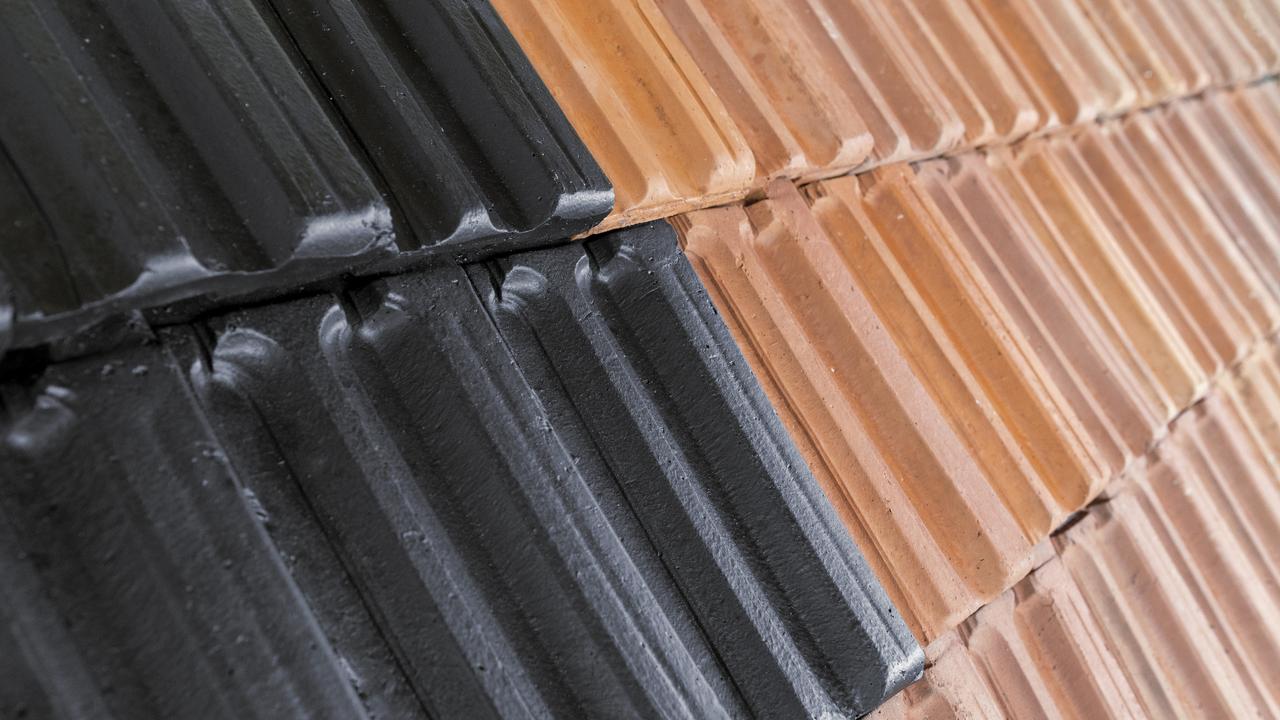‘Nonsense’ call leaves millions vulnerable to summer’s silent killer
A “baffling” decision by the government will throw millions of people directly in the path of Australia’s ‘silent killer’, experts claim.
Experts have been left dumbfounded by a government decision to dump potentially lifesaving reforms ahead of a predicted scorcher of a summer.
Western Sydney is particularly vulnerable to extreme heat due to geographic factors, but poor decisions made about housing and suburb design in recent decades exacerbates the problem.
The New South Wales Government had been working on a fix via a sweeping update to building standards, known as BASIX, aimed at slashing thermal energy use by 20 per cent, reducing heat inside a home and saving residents money on cooling costs.
Last month, the state’s Planning Minister Paul Scully shelved the plan for at least nine months, blaming the cost impact on new builds in the midst of housing and cost-of-living crises.
Experts have savaged the decision, with one saying it leaves people vulnerable to Australia’s “silent killer”.
“They’ve effectively thrown the tools they developed to combat urban overheating in the gutter,” Associate Professor Sebastian Pfautsch from Western Sydney University said.
“It is common knowledge that heat is the silent killer in Australia that costs more lives than those lost in all other natural disasters combined. All credible projections point towards more heat and in the recent past, Western Sydney was already twice the hottest place on the planet.
“The government is knowingly leaving the people of Western Sydney vulnerable to heat.”

In 2021, then Liberal Planning Minister Rob Stokes took steps to ban dark roofs on new homes.
Dark roofs attract and retain extraordinary levels of heat and can be 40C hotter on the surface than the air temperature during a heatwave.
In the lead-up to the last election, then-Premier Dominic Perrottet replaced Mr Stokes in his portfolio with Anthony Roberts, who immediately dumped the proposed dark roof ban.
The updated BASIX provisions wouldn’t have banned far roofs outright, but if someone building a new home wanted one, they were to be required to offset the increased cooling energy needs.
“The decision to delay the upgraded BASIX, which would’ve encouraged the use of light-coloured roofs, among other things, effectively promotes the construction of more energy inefficient homes,” Associate Professor Pfautsch said.
He believes a reluctance to build more climate-resilient homes and suburbs “will see more people suffering and dying during the increasing number of extreme heat events”.

In announcing the shelving of BASIX, Mr Scully it would make homes cheaper to build in the short-term.
“We’re in a housing crisis, but the construction and development industry are doing it tough with ongoing weather delays, rising materials costs, and skill shortages,” he said.
“While we remain committed to the introduction of BASIX, the [delay] will reduce the financial impact of increased standards on homebuyers who have already signed building contracts under the current BASIX requirements, which includes some 6000 contracts in Western Sydney alone.”
On hearing that, Associate Professor said he wondered: “Which shortsighted scriptwriter came up with that nonsense?”
“Those 6000 people will instead feel the financial impact for decades, sitting in their hot homes running aircon day and night.”
Western Sydney, home to about 2.5 million people and set to welcome 400,000 more residents by 2030, can already be up to 10C hotter than the city’s eastern suburbs during a heatwave.
Extreme heat days in Western Sydney, an event defined as being when temperature rises above 35C, number an average of nine per year at the moment.
Modelling by the Australia Institute predicts the number of extreme heat days will almost double to 16 per year by 2030 and soar to 46 per year by 2090.


A dark roof, with a typical surface area of 150sqm and exposed to the sun all day, makes the situation much worse.
“I’ve seen [date] showing temperatures over 50C inside the roof cavity on a hot day,” Emma Bacon, founder of the organisation Sweltering Cities, said.
“Those homes stay hot overnight. People living in them have to use much more electricity to keep cool and they potentially have health impacts, especially if they can’t afford to run aircon or a fan.”
The more dark roofs in a suburb, the hotter the entire area will be. In Western Sydney, already a ‘heat island’ by virtue of its inland and low-lying geography, has an abundance of them.
Compounding the problem is the tendency in the region for large houses to occupy very small blocks, meaning there are few – if any – trees in backyards to shade homes.
Research shows shading of 30 to 40 per cent of a home’s roof can reduce the temperature inside by five to six degrees.
Developers also tend to design street verges that are too small to accommodate appropriate trees that can mature to an extent they can provide shade.
Ms Bacon said “it’s hard to overstate the impact” of these combined design flaws.
“Fifteen or so years back, having a dark-coloured roof became really popular,” city planner Samuel Austin said. “They look nice and modern, and people loved them. Just about every roof in Western Sydney is black.”

Mr Austin described the decision to suspend the rollout of the updated BASIX provisions as “baffling”.
“Yes, these types of standards will increase build costs, which is seen as a bad thing in a cost-of-living crisis, but it’s been proven they can save households $1000 a year,” he said.
As well as an economic cost, rising heat poses a serious health risk and 35C is considered by experts to be the threshold for what is acceptable.
Higher temperatures significantly impact the body’s ability to cool down, which can cause dehydration and heatstroke. Vulnerable people, including those with pre-existing health conditions and the elderly, are at risk of death.
“When hot days are combined with hot nights, the body has no opportunity to cool down and recover,” the Australia Institute research noted.
“As a result, mortality rate from heat increases nearly 20 per cent when the average temperature across a 24-hour period is above 30C.”
Associate Professor Pfautsch said the previous government justified its backflip on the dark roof ban by insisting “the market will regulate the issue”.
“Well, look west – many, many more dark roofs prove his theory of a responsible and responsive market wrong. It must change.
“Minister Cully, Premier Chris Minns, we need you to use the tools you’ve created now. Have compassion for the people you represent.”
The NSW Department of Planning and Environment did not respond to requests for comment.



